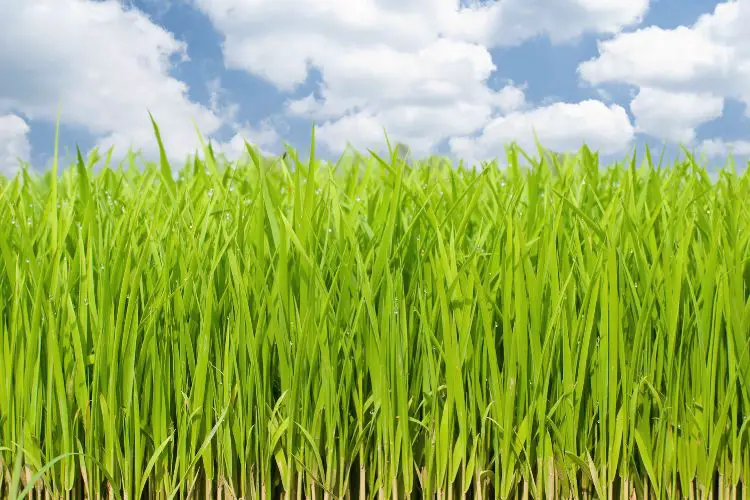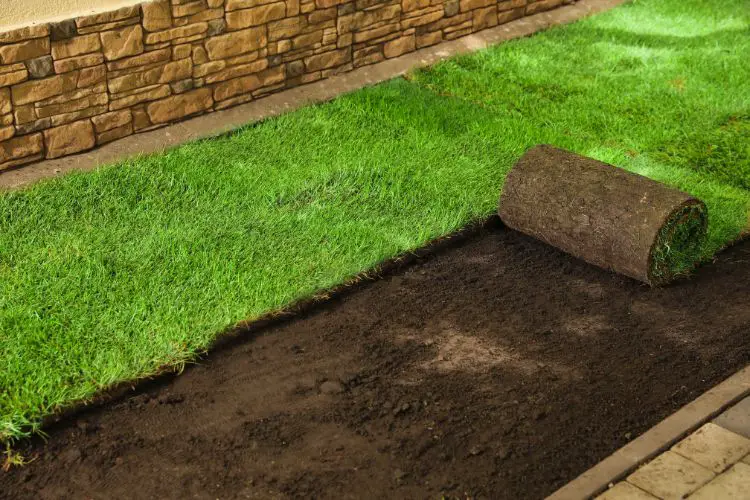Discover how to grow grass effectively with expert tips on planting, care, and maintenance. Learn the essential steps to cultivate a lush and healthy lawn that enhances your outdoor space.
Understanding Your Soil and Climate

When it comes to growing grass, understanding your soil and climate is crucial for the success of your lawn. The type of soil and the climate of your region play a significant role in determining which grass species will thrive in your area.
Importance of Soil and Climate for Grass Growth
Different grass species have specific soil and climate requirements for optimal growth. For example, Bermuda grass (Cynodon dactylon) thrives in warm, tropical climates, while prairie grass is well-suited to the cooler temperatures of the northern regions. Understanding the soil composition and the climate of your area will help you choose the right grass species that will flourish in your lawn.
Conducting a Soil Test
Before planting grass seed or sod, it’s essential to conduct a soil test to determine the pH level and the presence of any nutrient deficiencies. A soil test will provide valuable insights into the condition of your soil, allowing you to make informed decisions about soil amendments and fertilization.
Choosing the Right Grass Species for Your Climate
Once you have a clear understanding of your soil and climate, you can select the appropriate grass species for your lawn. Consider factors such as drought tolerance, shade tolerance, and maintenance requirements when choosing the right grass species for your climate.
Preparing Your Lawn for Planting
Before you start planting grass seed or laying sod, it’s crucial to prepare your lawn to create an optimal environment for grass growth.
Clearing the Area of Debris and Weeds
Begin by clearing the area of any debris, rocks, or weeds that may hinder the growth of the grass. This will provide a clean and even surface for planting.
Aerating the Soil
Aerating the soil is essential for promoting healthy root growth and improving the overall health of your lawn. This process helps alleviate soil compaction and allows air, water, and nutrients to penetrate the soil more effectively.
Adding Organic Matter and Nutrients
Incorporating organic matter such as compost and well-decomposed manure into the soil can improve its structure and fertility. Additionally, adding essential nutrients like nitrogen, phosphorus, and potassium will provide a healthy foundation for the grass to thrive.
Planting Grass Seeds or Sod
Once the soil is prepared, it’s time to plant grass seeds or lay sod to establish a lush and healthy lawn.
Choosing Between Seeds and Sod

Deciding whether to plant grass seeds or lay sod depends on various factors such as budget, time, and desired establishment speed. Grass seeds are a great idea for large areas and offer a wide variety of grass species to choose from, while sod provides an instant lawn and is ideal for smaller areas or areas with poor soil conditions.
Proper Seeding Techniques
When planting grass seeds, it’s essential to follow proper seeding techniques to ensure successful germination and establishment. Using seed sprouting trays can help with the germination process and improve seedling survival rates.
Installing Sod Effectively
If you opt for sod, proper installation is crucial for its success. Ensure that the sod pieces are laid tightly together without any gaps and adequately watered to promote root establishment.
Watering and Fertilizing
After planting grass seeds or laying sod, proper watering and fertilization are essential for the ongoing health of your lawn.
Establishing a Watering Schedule
Establishing a consistent watering schedule is crucial for the initial growth of the grass. Water deeply and less frequently to encourage deep root growth, and adjust the watering schedule based on the climate and rainfall.
Fertilizing Your Lawn
Applying a balanced fertilizer at the right time will provide essential nutrients for the grass to thrive. However, it’s important to be mindful that excessive calcium inhibits iron absorption in grass, leading to nutrient deficiencies.
Understanding the Signs of Overwatering and Underwatering
It’s important to be able to recognize the signs of overwatering and underwatering. Overwatering can lead to shallow root growth and fungal diseases, while underwatering can result in stress and poor growth.
Lawn Maintenance
Once your grass is established, proper maintenance is essential to keep your lawn healthy and vibrant.
Mowing Your Lawn Properly
Mowing your lawn at the correct height and frequency is crucial for the health of the grass. Avoid cutting more than one-third of the grass blade length at a time and adjust the mowing height based on the grass species and the season.
Dealing with Common Lawn Issues
Keep an eye out for common lawn issues such as weeds, pests, and diseases, and address them promptly to prevent them from spreading and causing damage to your lawn.
Implementing a Regular Maintenance Schedule

Implementing a regular maintenance schedule for tasks such as fertilization, aeration, and dethatching will help keep your lawn in top condition throughout the year.
In conclusion, growing grass effectively requires a combination of proper planning, preparation, and ongoing care. By understanding your soil and climate, preparing your lawn for planting, choosing the right grass species, and implementing a regular maintenance schedule, you can cultivate a lush and healthy lawn that enhances your outdoor space. Whether you opt for planting grass seed or laying sod, following these essential steps will help you achieve a vibrant and thriving lawn that you can enjoy for years to come.
